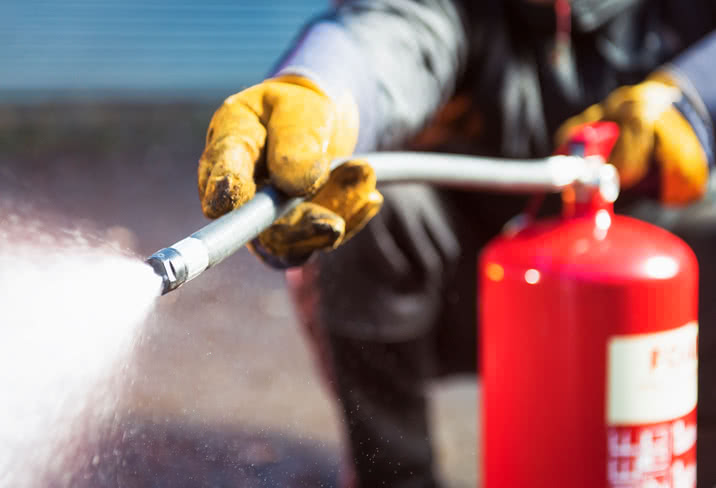This is a guest post by fireprotectiononline.co.uk
Fire safety is a necessity in any business premises. For an events venue holding hundreds, if not thousands of people all at once, it should perhaps be one of your very top priorities.
Carrying out a fire risk assessment is always the best course of action, whether it’s a permanent venue, a marquee, or a temporary outdoor event space. A requirement under the Regulatory Reform (Fire Safety) Order 2005, it’s also the best way of knowing you’re doing everything practically possible.
Hazard Spotting
Walking around your venue, make a note of the things which could start a fire (sources of ignition) and can burn (fuel source).
Lighting, heating, generators, cooking equipment, naked flames, electrical and gas equipment are all potentials ways a fire could start. It could be because of a stray spark or the heat they produce.
That is why they then need to be kept well away from those things they could ignite. These include fabrics, paper, rubbish, alcohol, flammable liquids and gases.
Who’s At Risk
The people attending your event, and all of those people working it, whether they’re cleaners, security, cooks, or the main attraction, are most at risk from a fire.
Remember to consider those with mobility issues, the elderly, and children as they may need extra assistance during an evacuation.
Evaluate and Act
You can now begin to take action which will reduce the risk of a fire, and which will prepare you should a fire start. You may want to either ban smoking completely or restrict it to a dedicated area. To prevent arson, it’s worth thinking about padlocking waste bins out of the way.
In a dedicated events premises, you’ll most likely already have a fire alarm system and emergency lighting installed, along with fire exit signs and doors. In a marquee or outside event, this is less likely.
Although you’ll probably not have an automatic method of detecting smoke and raising the alarm, you need a suitable alternative. A rotary fire bell or gas horn are just two ways you can raise the alarm.
Generally, you also need one water-based extinguisher, such as a water, water additive, or foam (three litres or more) for every 200 square metres of floor space. For specific threats, like cooking oils, flammable liquids and electricals, appropriate extinguishers need to be located nearby.
In premises, fire extinguishers will ideally be mounted on the wall. For outdoor events, you may choose a trolley for easy portability, or cabinet to protect the equipment from the elements.
Record, Plan and Train
Knowing all that, you can then create an emergency plan, including where the assembly point is. You also need to ensure you have staff or volunteers who can act as fire wardens, having received training to prepare them.
Finally, it is advised by the fire brigade that a fire risk assessment should be reviewed annually and whenever there is a major change. It is also a requirement to complete one for every temporary location too.
For more information about fire risk assessments and fire safety equipment, visit www.fireprotectiononline.co.uk.





